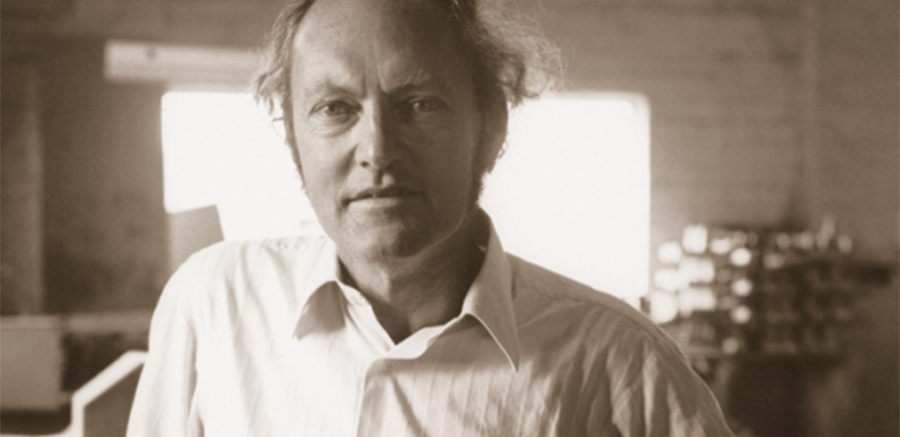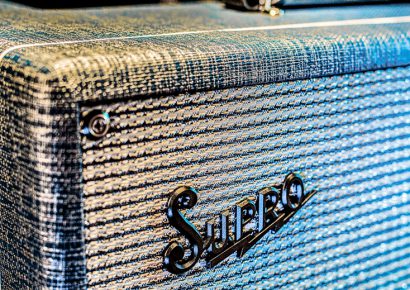A striking mahogany body and a sweet, resonant tone are synonymous with the Maton guitars of today. Here in lie the bread and butter of the trusted manufacturer – the smoothness of meticulously crafted curves, and the richness of unmatched Maton acoustic pickups. The Music That Maton Made documents the 70 years of history behind these rarefied traits. And from very early on it’s clear that Bill May was a trailblazer for the manufacturing of guitars in Australia. He speaks of a love for Australian timber and materials at a time when they were considered inferior. He even used to have to rename Queensland maple to make it sound more exotic.
Today it’s cherished as the trademark timber used to carve the body of a Maton guitar. In the book’s foreword guitarist Tommy Emmanuel describes the significance of an Australian-made Maton, “When I see the pearl kangaroo on the headstock and the indigenous Australian woods, I feel a deep sense of connection to my country and its history.The Maton guitar company have been competing on the world stage with all the other big brands, and I’m so proud of their achievements.”

These are sentiments reiterated by Maton’s Head of Marketing and Artist Relations, Mark Mansour. “Since then [the founding of Maton] I guess the Australian music industry has gotten used to having an Australian option, but certainly at the time there was none. It not only gave people an option, but introduced them to the fact that it was a possibility to buy something Australian-made. And, you know, 70 years later it’s still obviously very much a family- owned Australian company, but held in very high regard overseas in Europe, China and in the States as well.”
Family relationships and connections are central to the Maton story, and are a binding presence throughout the book. Before the factories, famous musicians and international export existed, a partnership between Bill May and his wife Vera. “When the girls started going to school I went in to work with Bill,” reflects Vera. “And then I gradually spent more time in the workshop as they grew up. But I liked work. We felt like we were building something. Bill was motivated to make great guitars and I was a good deal motivated by setting the right price for them,” (pg. 40).

When Bill was sadly diagnosed with Parkinson’s in the ‘70s his daughter Linda Kitchen and her husband Neville were given the keys to the business. For a manufacturer the size and prominence of Maton, the family-owned, family-run banner is a shining point of difference. And, as Mansour suggests, has enabled the manufacturer to build strong, ongoing relationships with musicians.
“A lot of them had personal relationships with Bill May who was our founder…. We started the same year as Fender and they’re obviously a huge corporation, and Maton is still very much a family business… all the artists we have relationships with, they would have met the owners. You know, Linda Kitchen who is the founder’s daughter, she is in the office everyday doing the same hours as everyone else. So if an artist comes through they’re going to see the same handful of people and we have artists, I mean Tommy Emmanuel… long before my time he must have had a relationship with these guys for, you know, 40 plus years. And he’s still there.”
“I think a lot of the employees and a lot of the artists we still work with have had very long-term relationships. You know, you kind of say ‘part of the family’, but in Maton it really is kind of true.”

As its title would suggest, The Music That Maton Made delves deeply into the iconic songs and musical moments produced by a Maton guitar. Stories like that of pioneering jazz guitarist George Golla bring to life Maton’s successes.
“They were the first electric guitars that actually worked,” remarks Golla. “Before that, you put on pick-ups that you screwed onto the tailpiece, you know? And they didn’t pick up the top E-string, but the bottom E-string came through like a Boeing jet. It was awful. Awful,” (pg. 33).

Then there are the magical stories of world stage recognition and rock ‘n’ roll fame: when Elvis played a Maton Hillbilly acoustic at top (HG100) in Jailhouse Rock, and the three months in mid-1963 when George Harrison played a Maton MS500 Mastersound. A Maton EG240 Supreme was even used by Keith Richards to record the Stones’ classic ‘Gimme Shelter’.
The colourful nature of personal stories in The Music That Maton Made is complemented with a vibrant array of images and photographs. Pictured is everything from the very first Maton guitar to the stunning Maton Phil Manning Stereo, and the modern Maton SRS70C. It is these guitars – and countless others – that are the pride and joy of Maton, the Australian-made, family-owned guitar manufacturer. A notion captured beautifully by this collector’s item.
Maton will be exhibiting a host of guitars from their very own Maton Museum collection at this year’s Melbourne Guitar Show. For more information on ‘The Music that Maton Made’ or Maton Guitars, visit maton.com.au.

